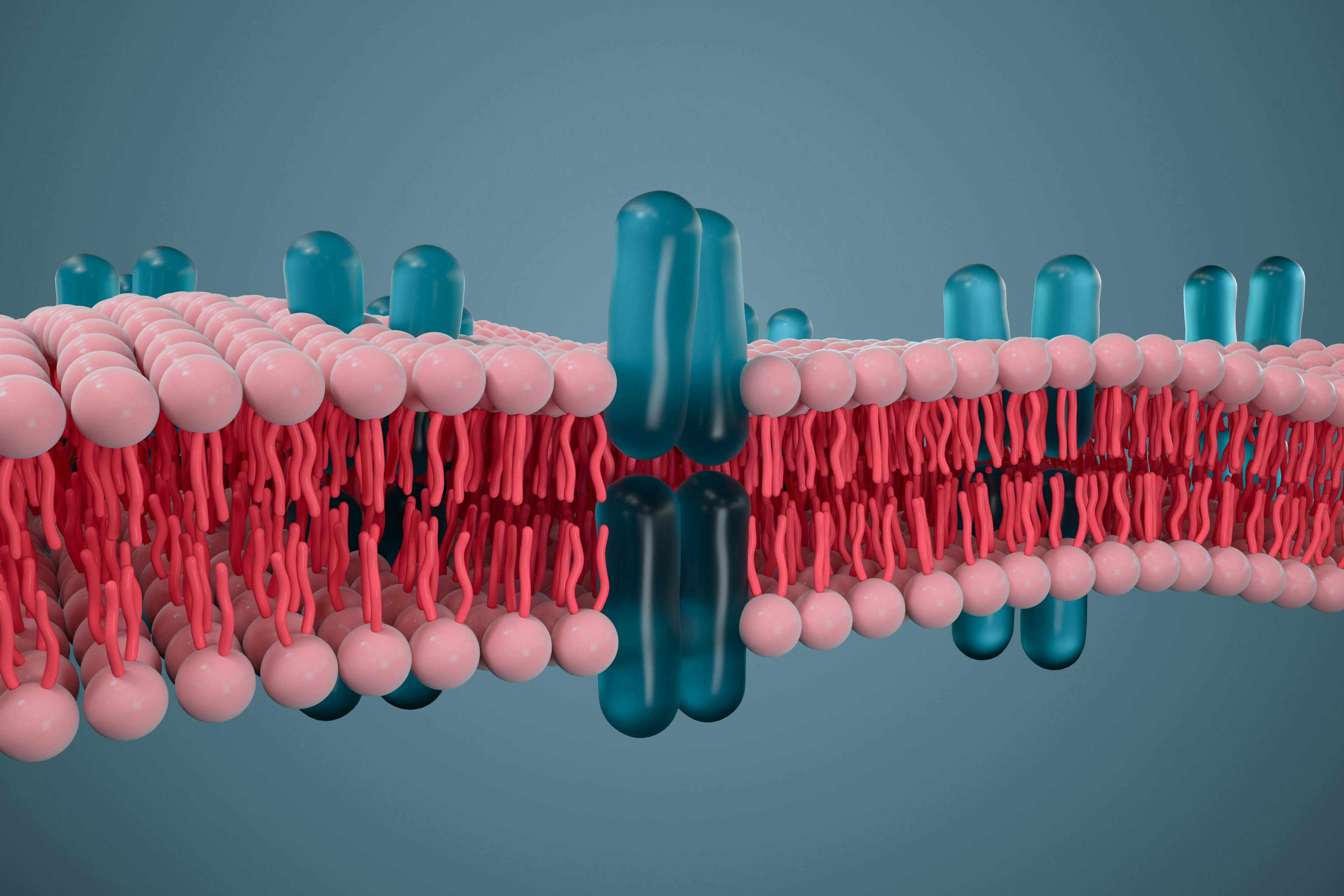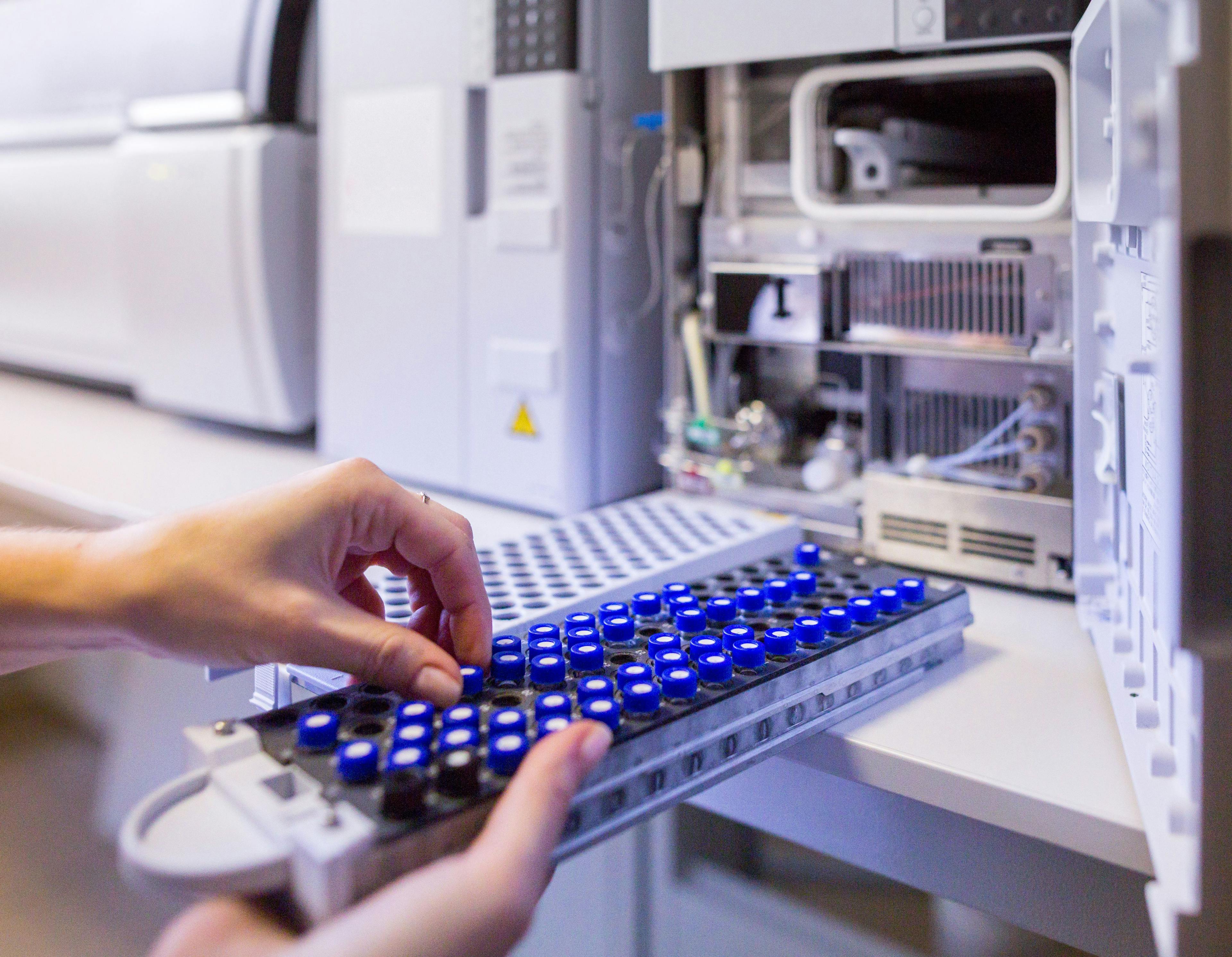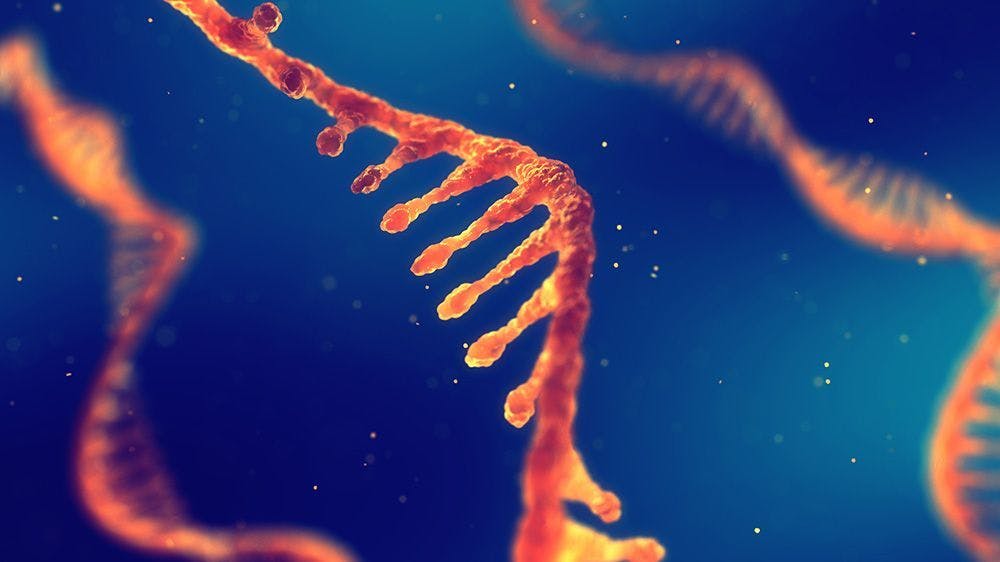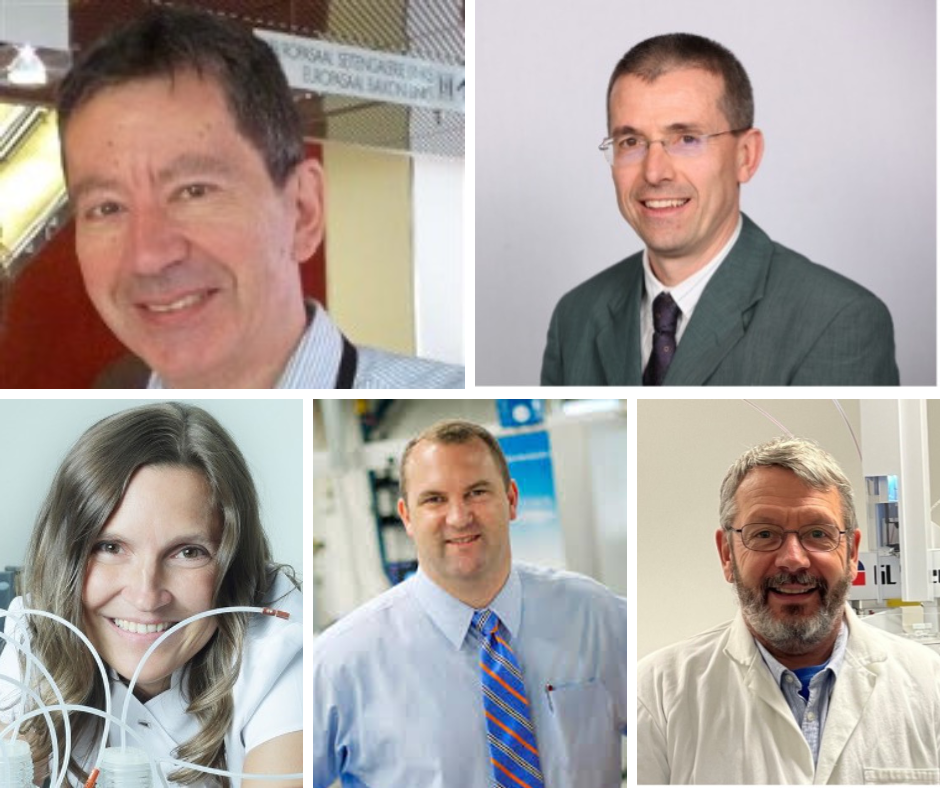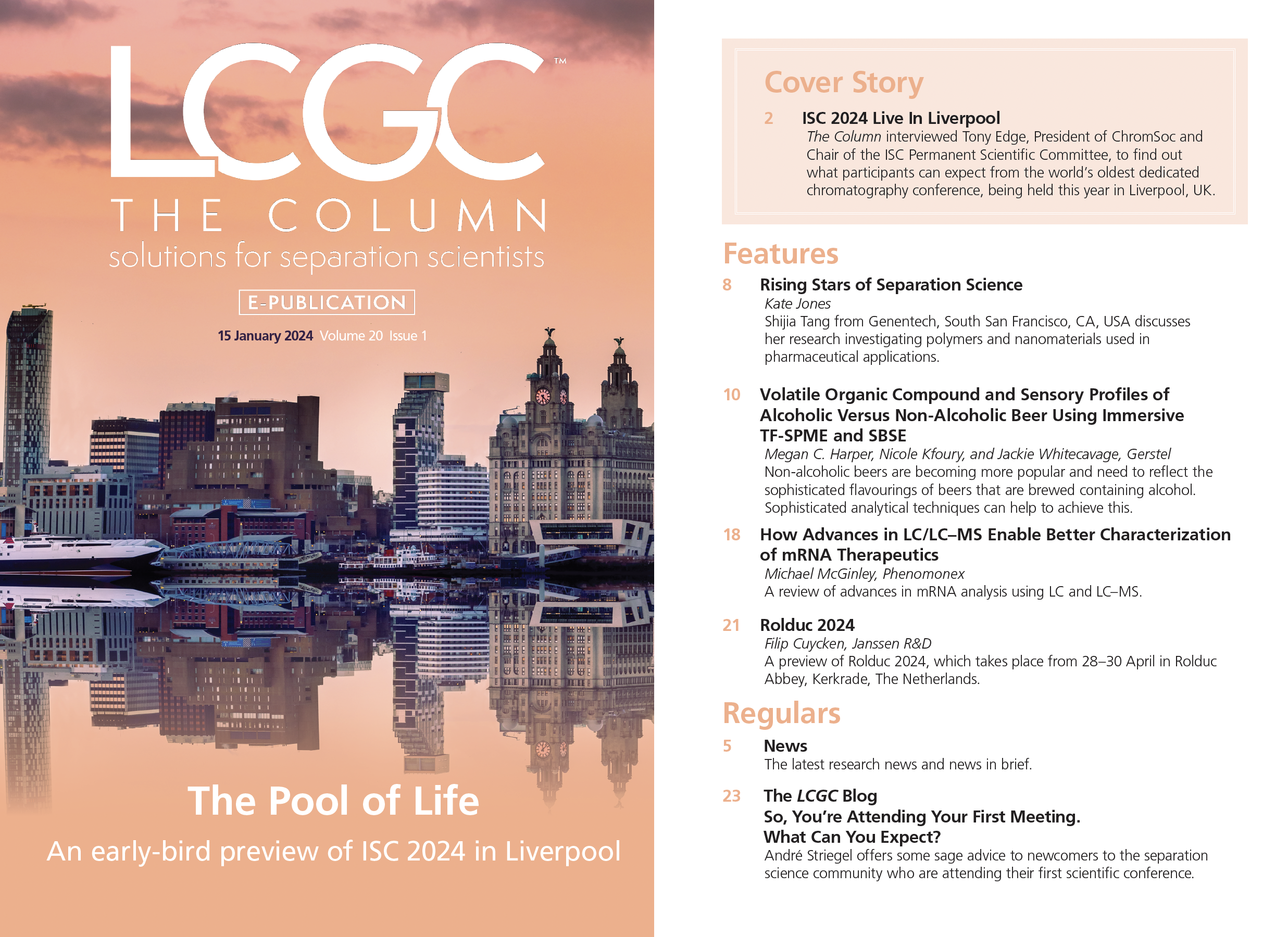Cell Membrane Chromatography with HALO-tag Technology
Scientists in Xi’an, China have created a novel system for the analysis of cell membranes, based around haloalkane dehalogenase protein tag (HALO)-tag technology. Their research was published in Talanta.
Cell membrane chromatography (CMC) is effective for studying receptors with multiple transmembrane structures, such as MAS-related G protein-coupled receptor X2 (MrgX2). For CMC to function properly, maintenance must be kept for the complete biological structure of a membrane receptor. However, to obtain more convenient and stable CMC models, this system must be further improved.
For this study, the scientists used HALO-tag technology to create a new MrgX2/CMC model. The fusion receptors of this process were expressed in HEK293 cells, with silica gel being modified for the rapid capture of fusion receptors. This was done via one-step acylation using a substrate of HALO-tag (chloroalkanes). According to the scientists, their new CMC model (MrgX2-HALO-tag/CMC model) was quicker to prepare, more stable, and had a longer lifespan than previous MrgX2-SNAP-tag/CMC models.
Combined with a high performance liquid chromatography–tandem mass spectrometry (HPLC–MS/MS) system, the new model was used to identify bioactive components in traditional Chinese medicine. Sanggenon C and morusin were identified as anti-pseudo-allergic components. The MrgX2-HALO-tag/CMC model was also used to analyze ligand-receptor interaction. According to the system, the affinity order of four discovered ligands was desipramine < imipramine < amitriptyline < clomipramine. When compared to the results obtained using the MrgX2-HALO-tag/CMC model alone, the results proved consistent (1).
Reference
(1) Jia, Q.; Lv, Y.; Miao, C.; Feng, J.; Ding, Y.; Zhou, T.; Han, S.; He, L. A New MAS-Related G Protein-Coupled Receptor X2 Cell Membrane Chromatography Analysis Model Based on (HALO-Tag) Technology and Its Applications. Talanta 2023, 268 (1), 125317. DOI: 10.1016/j.talanta.2023.125317
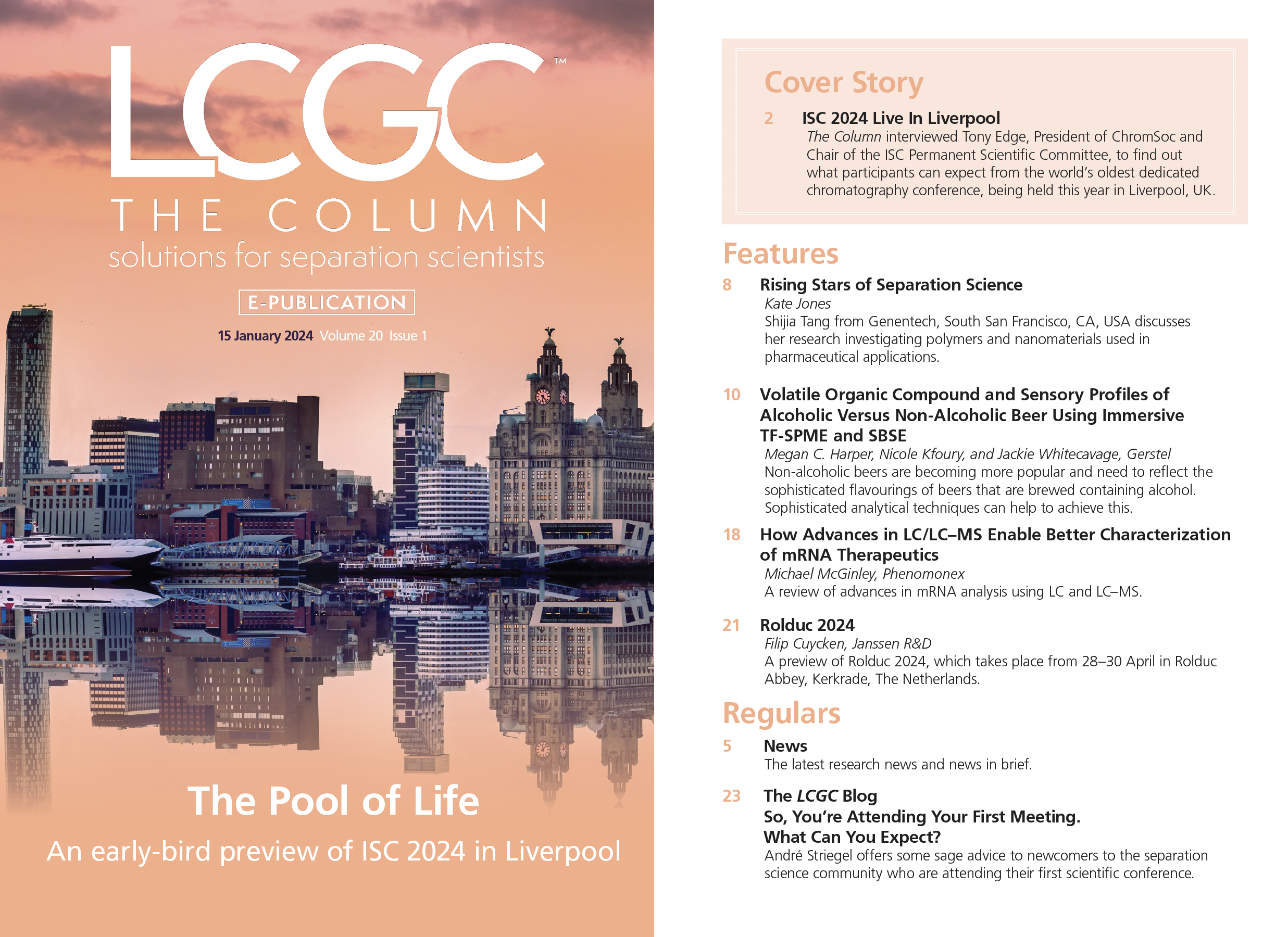
Investigating 3D-Printable Stationary Phases in Liquid Chromatography
May 7th 20253D printing technology has potential in chromatography, but a major challenge is developing materials with both high porosity and robust mechanical properties. Recently, scientists compared the separation performances of eight different 3D printable stationary phases.
Characterizing Polyamides Using Reversed-Phase Liquid Chromatography
May 5th 2025Polyamides can be difficult to characterize, despite their use in various aspects of everyday life. Vrije Universiteit Amsterdam researchers hoped to address this using a reversed-phase liquid chromatography (RPLC)-based approach.
New Method Explored for the Detection of CECs in Crops Irrigated with Contaminated Water
April 30th 2025This new study presents a validated QuEChERS–LC-MS/MS method for detecting eight persistent, mobile, and toxic substances in escarole, tomatoes, and tomato leaves irrigated with contaminated water.

.png&w=3840&q=75)

.png&w=3840&q=75)



.png&w=3840&q=75)



.png&w=3840&q=75)





